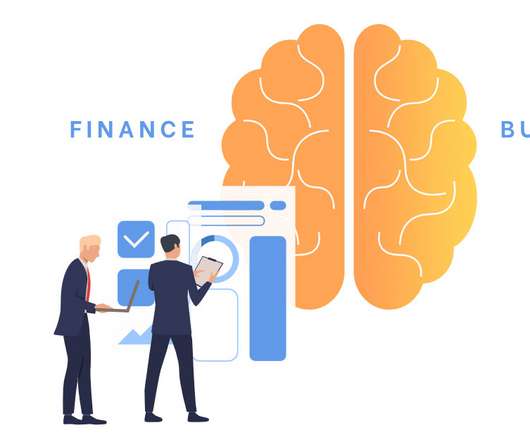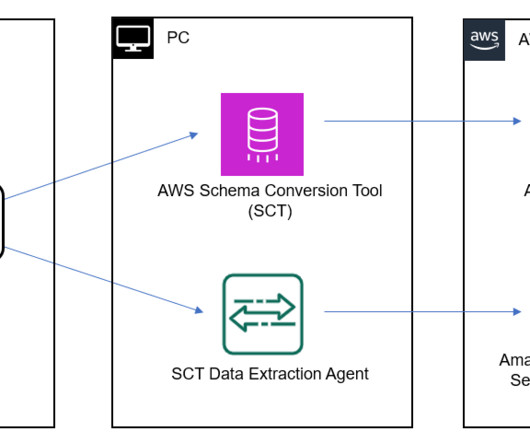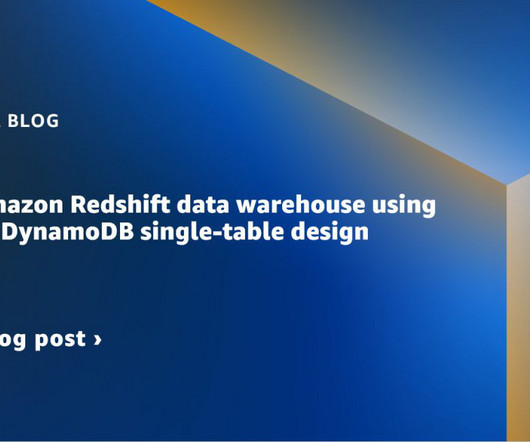Financial Intelligence vs. Business Intelligence: What’s the Difference?
Jet Global
APRIL 20, 2020
First, accounting moved into the digital age and made it possible for data to be processed and summarized more efficiently. Spreadsheets enabled finance professionals to access data faster and to crunch the numbers with much greater ease. Such BI methodologies are built on a snapshot of what happened in the past.














Let's personalize your content